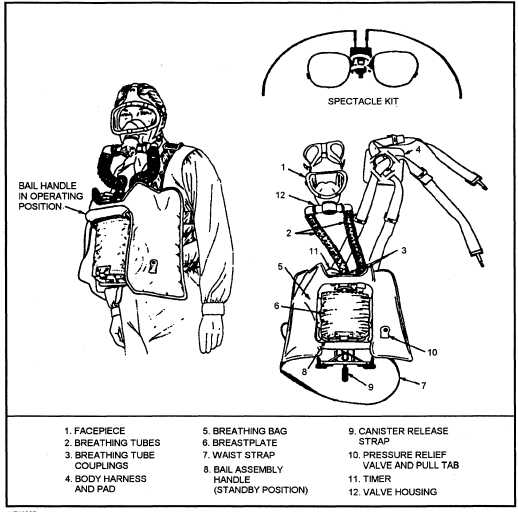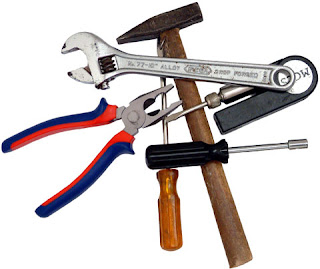WATER RISERS
HYDRANT SYSTEM
A network of pipes is fixed near hazardous places in industries, in order to extinguish the fire in case of emergency. This system consists of pipes made of cast iron, steel, Al alloy etc.,
These pumps were always connected to a reservoir.
Hoses and fittings are kept near the hydrants for immediate use when an emergency escalates.
Three types of hydrants are there known as ball type (failure model), screw down type hydrant (high efficiency) and sluice valve hydrant (high efficiency)
Proper maintenance & routine inspection is required to make them work perfect in an emergency situation.
RISERS
A water pipe line is given vertically and routed inside the building or along with the building.
The outlets of pipes are fixed at various levels inside the building, and these outlet pipe junctions are connected by hoses, couplings and nozzles.
There are two types of risers, dry riser system ie. Water is charged when necessary!
Wet riser system i.e. Water is charged forever, under pressure.












